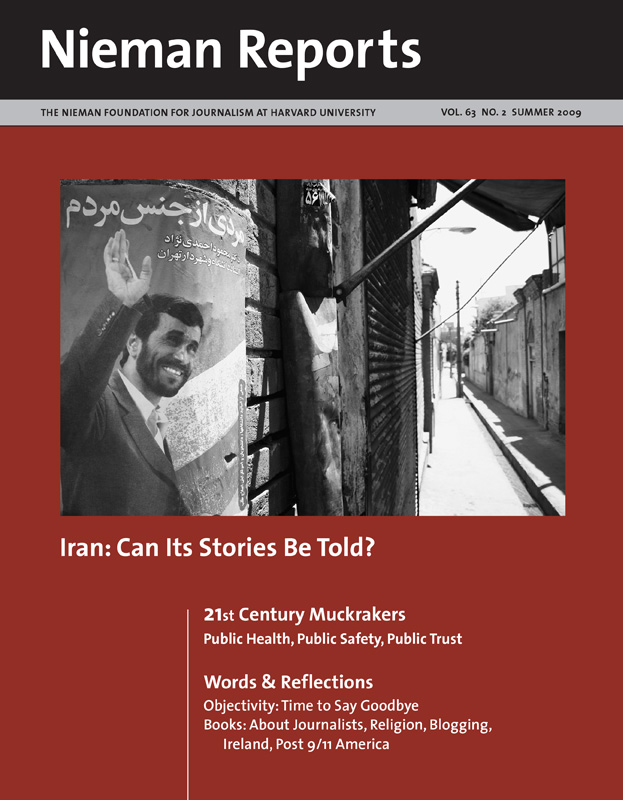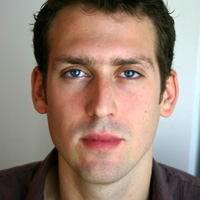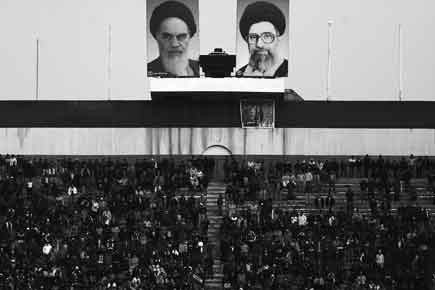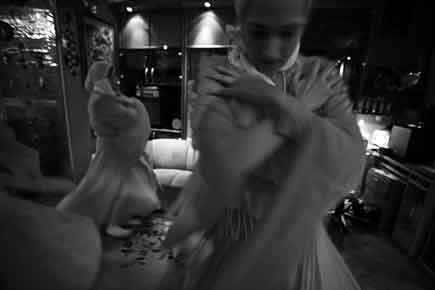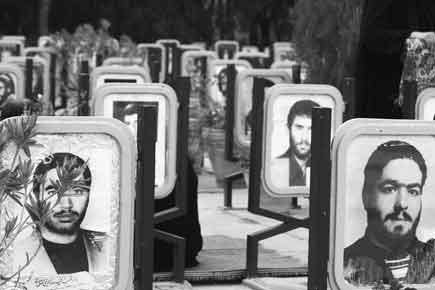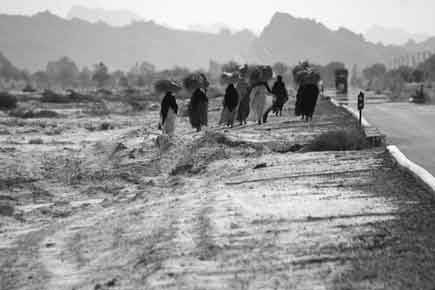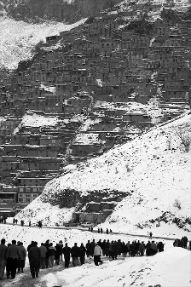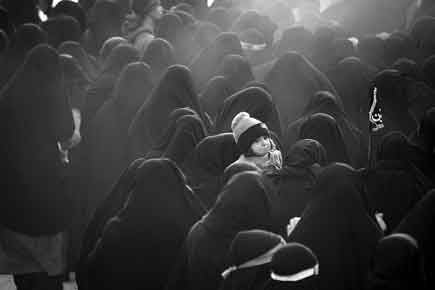An exhibit of photographs of Iran featuring the work of Iason Athanasiadis, a 2008 Nieman Fellow, opened for a three-month show in January at the Craft and Folk Art Museum (CAFAM) in Los Angeles, California. “Exploring the Other: Contemporary Iran,” the title Athanasiadis selected for his collection, became the first exhibit of political photography from Iran to be shown at an American museum since the 1979 EDITOR’S NOTE:
Iason Athanasiadis’s reporting from Iran during the 2009 elections and its aftermath, supported by a grant from the Pulitzer Center on Crisis Reporting.Islamic Revolution. Now Athanasiadis is contributing some of the exhibit’s photographs, along with others he took during the years when he lived and worked in Iran, to the pages of Nieman Reports. His words that accompany these photographs were written for CAFAM’s newsletter to introduce his show and explain how a photojournalist created an “artistic museum show about Iran.” On the following page, this introduction appears in a reworked version.
It is the most hypothetical news story topping the international news agenda today. Is the Islamic Republic of Iran pursuing a nuclear bomb? Is it seeking to dominate the Persian Gulf? Sometimes it gets difficult to find the fire amid all the smoke of headlines and the heat of rhetoric.
Speculation and demonization consistently drown out the Middle East’s most ethnically and religiously diverse culture. They obscure landscapes of rare variety and geological beauty pulsating with color and a rare light. Iran’s mystical topography is the setting for a struggle between tradition and modernity that has been a constant of the modern era, first during the Qajar and Pahlavi empires, then throughout the three-decade lifespan of the Islamic Republic.
I come from Greece, a country as rich in heritage and as culturally fractious as Iran. Moving to Tehran in 2004, I was struck by our shared experience of forming modern identities. Old civilizations find it particularly awkward to adapt to a rational present where culture and tradition stand for little, countries where indigenous religions—Greek polytheism and Iranian Zoroastrianism—are overshadowed by the doctrines of Christianity and Islam.
Greece and Iran have both been crossroads and laboratories for experiments in social conditioning. In Iran, the most radical consequence of this cultural struggle was the 1979 Islamic Revolution, when social, religious and economic agendas collided. Perhaps the most visible outcome of this battle was the forceful imposition of state-sanctioned faith and the marginalization of indigenous traditions. Whether in the form of churches planted on top of marble temples or Zoroastrian shrines transformed into imamzadehs (burial shrines for Shi’ite saints), cultural history was whitewashed to make room for a new national narrative.
While living in Iran, I photographed the country from the perspective of charting two great civilizations’ shared narratives and divergent fates. This photo essay reflects where the Iranian experiment at theocracy stands on the eve of its 30th anniversary.
Iason Athanasiadis is a writer, photographer, filmmaker and TV producer who has been reporting from the Middle East, Central Asia, and the southeast Mediterranean for various news organizations during the past decade. He covered the 2003 invasion of Iraq from Qatar for Al Jazeera, the 2004 Athens Olympics for BBC World, and the 2006 Israeli-Hizbullah war in Lebanon as a freelancer.


